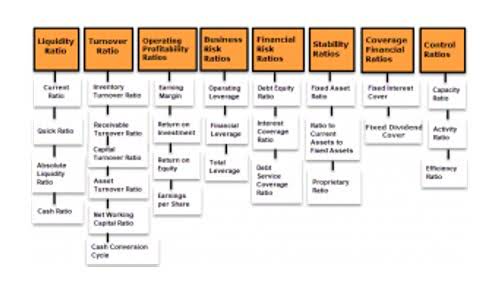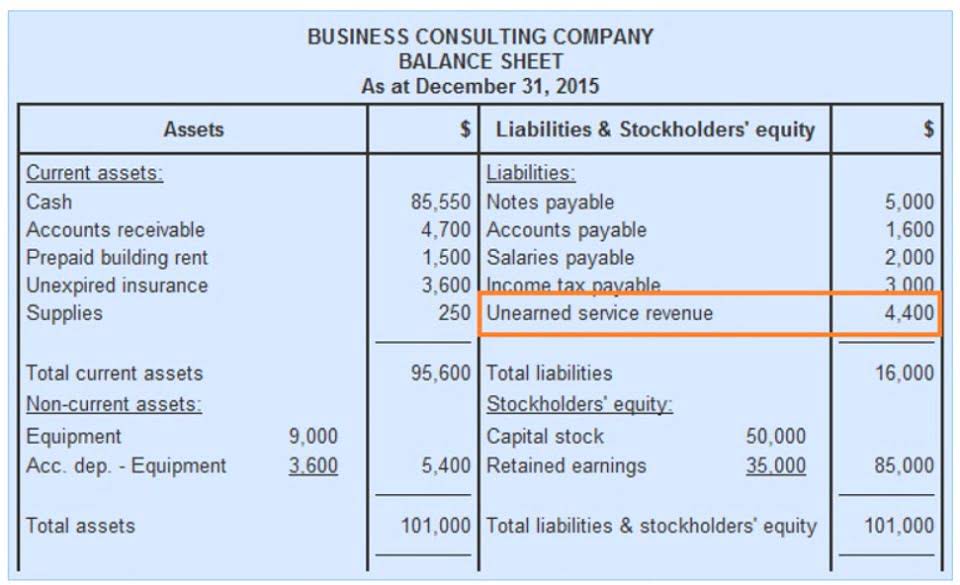
One way to support that is by decreasing the slow-moving Inventory and replacing it with fast-moving items. Now let’s look at the situation where we have to write the inventory off, rather than sell it. Debit https://www.bookstime.com/articles/what-is-book-balance your Cost of Goods Sold account and credit your Finished Goods Inventory account to show the transfer. Debit your Finished Goods Inventory account, and credit your Work-in-process Inventory account.
Inventory write-offs vs inventory write-downs – what’s the difference?
The carrying value of inventories on the balance sheet is expected to promptly be adjusted downward soon after management recognizes the conditions are met. Companies that don’t want to admit to such problems may resort to dishonest techniques to reduce the apparent size of the obsolete or unusable inventory. After the year-end closing, the company has quantified that inventory of $ 5,000 is obsolete, so they destroy them immediately.
ways to avoid inventory write-offs
- We have a debit to increase our Cost of Goods Sold for $100 (an increase to our expenses), and a credit to our Stock on Hand for $100 (a decrease to our assets).
- When we have identified and evaluated our dead stock, we can write-down its value to reflect the fact of its slow performance.
- As the firm has already anticipated and documented the expense, the transactions will not affect the expense report on the income statement.
- The transaction will not impact the expense account on income statement as the company has already estimated and recorded the expense.
- An Inventory Write-Off is the process of reducing the book value of inventory deemed obsolete and unable to be sold, with no remaining potential to contribute positive economic utility.
- The inventory obsolete is the cost that will present on the income statement, it will reduce the company profit during the period.
- Link Reporting Co-founder and all-round accounting expert, Will McTavish, explains what inventory write-offs are, why they matter, and how to conduct one.
Inaccurate estimates for customer demand lead to overstocking and straining the business with significant cash tied up in slow-moving and excess inventory. In this journal entry, the loss on inventory write down account is an expense account that needs to be charged to the income statement for the period. The nature of the inventory is an asset, in which its normal balance is on the debit side. Likewise, writing off the inventory will decrease the total assets on the balance sheet, and at the same time, it increases total expenses on the income statement. The business must quantify and make the necessary adjustments when the actual inventory becomes obsolete.

How to Record Inventory Journal Entries

While the annual review is required for accounting compliance, the quarterly review can help management identify ordering issues that increase the chance of products becoming obsolete. This is an example where, even though GAAP does not require more frequent analysis, it may be good for the company to address this issue more often than required. So this is the time that the accounting or journal entry for obsolete inventory comes into play. Each accounting period, the business must estimate how much of its inventory will become obsolete and record its expenses. Writing off inventory involves removing the cost of no-value inventory items from the accounting records. Inventory should be written off when it becomes obsolete or its market price has fallen to a level below the cost at which it is currently recorded in the accounting records.
In this case, the company needs to make the inventory write-off journal entry in order to remove the written-off items from the balance sheet. Spoiled or obsolete inventory will almost always have a value that is less than cost. As such, the company must make an adjustment to bring the inventory value down to market price. In order to keep the initial inventory cost on the inventory account till it is rid of, the allowance for an outdated inventory account is now a reserve that is kept as a contra asset’s value. Both the allowance for obsolete inventory and inventory assets are cleared once the obsolete goods have been completely disposed of. Under U.S. GAAP accounting standards (FASB), the lower of cost or market (LCM) rule is used to value inventories.
After all, the above journal entries show that the market value or net realizable value of inventory is only $100 but we still record the cost of goods sold that comes from the inventory as $500. That is why this can be done only when the amount is insignificant or immaterial. For example, on December 31, we decide to dispose of $10,000 of the obsolete inventory goods that we have in our warehouse as we can not sell them at all due to their obsolete state. The process of the disposal of these obsolete inventory goods is to discard them completely as they no longer have value on the market.
- The company may be purchasing excessive or duplicate inventory because it’s lost track of certain items or it’s using existing inventory inefficiently.
- It would be great to link the average monthly usage, especially for companies with seasonality, or the corresponding sales value, so that we can calculate the metrics we discussed.
- In business, we may dispose of obsolete inventory goods that no longer have value on the market.
- There are many different ways to keep track of inventory, but one of the most important things is to have a system in place that works for your company.
- The process of the disposal of these obsolete inventory goods is to discard them completely as they no longer have value on the market.
- “We have access to live inventory management, knowing exactly how many units we have in Texas vs. Chicago vs. New York.
- The journal entry for obsolete inventory reserve is often a best guess rather than hard numbers.
By that time, we are sure about the total amount of obsolete inventory which should record as expense (cost). However, based on the accrual basis, the expense should be allocated over time rather than recorded obsolete inventory journal entry in only one specific period. First, when inventory becomes obsolete, it must be written down or written off. This adjustment is recognized as a loss on the income statement, directly reducing net income.
Obsolete Inventory Analysis
A large inventory write-off such as one caused by a warehouse fire may be categorized as a non-recurring loss. At the end of the year, company has to record the inventory obsolete which equals 5% of the total inventory. We assume that the company does not has any provision in the past, so they have to record the inventory obsolete for the total inventory. It includes other problems besides obsolescence, such as spoilage and theft losses. If items still have sales potential in a specific market, you could rethink your marketing strategy.


The inventory write-off affects the three financial statements by reducing the reported value of a company’s inventory in the current assets section of the balance sheet. As the prior sections have discussed the journal entry process (debit, credit) in the event of an inventory write-off, this final section will focus on the impact on the three financial statements. Inventory may become obsolete over time, and so must be removed from the inventory records. This group reviews inventory usage reports or physically examines the inventory to determine which items should be disposed of. As the company later disposes of the items, or the estimated amounts to be received from disposition change, adjust the reserve account to reflect these events. An alternative approach is to create a reserve based on the historical rate of obsolescence.
